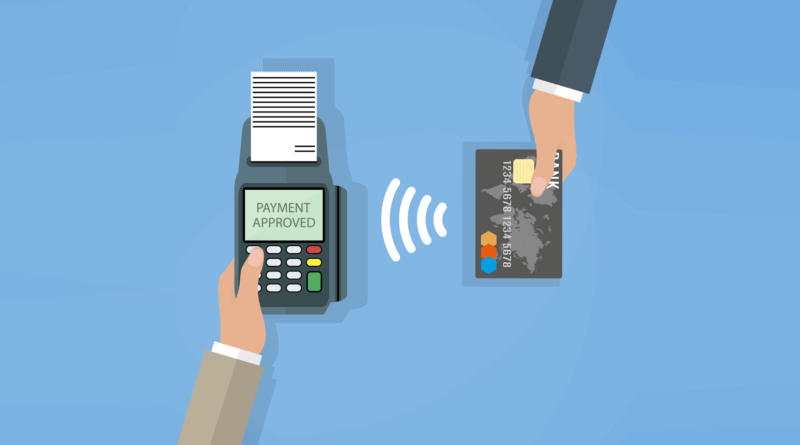What Does Payment Processing Mean? Everything You Need to Know
When you think about payment processing, what comes to mind? For most people, it’s the act of making a purchase using a credit or debit card. But there’s actually a lot more to it than that.
In this article, we’re going to take a deep dive into everything you need to know about payment processing. We’ll cover what it is, how it works, and some of the different types of payment processors out there.
So, without further ado, let’s get started!
What is Payment Processing?
Payment processing is the act of facilitating the exchange of money between two parties. It can be used for both physical and digital transactions.
There are four main steps in the payment processing cycle:
1. Authorization: This is the first step in the process. The cardholder (the person making the purchase) will need to provide their card information to the merchant (the person selling the goods or services).
2. Capture: Once the cardholder’s information has been entered, the merchant will send a request to the card issuer (the bank that issued the credit or debit card) for authorization.
3. Settlement: Once the transaction has been authorized, the funds will be transferred from the cardholder’s account to the merchant’s account. This is known as settling the transaction.
4. Funding: Once the transaction has been settled, the merchant will receive the funds in their account. This is known as funding the transaction.
How Does Payment Processing Work?
Payment processing involves four main parties: the cardholder, the merchant, the card issuer, and the acquirer.
The cardholder is the person making the purchase. The merchant is the person selling the goods or services. The card issuer is the bank that issued the credit or debit card. And the acquirer is the financial institution that provides payment processing services to the merchant.
When a cardholder makes a purchase, the merchant will send a request to the acquirer for authorization. The acquirer will then send the request to the card issuer.
If the transaction is approved, the card issuer will send a response back to the acquirer. The acquirer will then send a response back to the merchant.
Once the transaction is authorized, the funds will be transferred from the cardholder’s account to the merchant’s account. This is known as settling the transaction.
Once the transaction is settled, the merchant will receive the funds in their account. This is known as funding the transaction.
What Are the Different Types of Payment Processors?
There are two main types of payment processors: direct and indirect.
Direct payment processors are financial institutions that provide payment processing services to merchants. They’re typically banks or credit unions.
Indirect payment processors are third-party companies that provide payment processing services to merchants. They don’t typically offer other banking services.
There are also four types of payment processors: on-us, off-us, domestic, and international.
On-us payment processors are financial institutions that process transactions between two parties that have accounts with the same institution.
Off-us payment processors are financial institutions that process transactions between two parties that have accounts with different institutions.
Domestic payment processors are financial institutions that process transactions between two parties that are located in the same country.
International payment processors are financial institutions that process transactions between two parties that are located in different countries.

